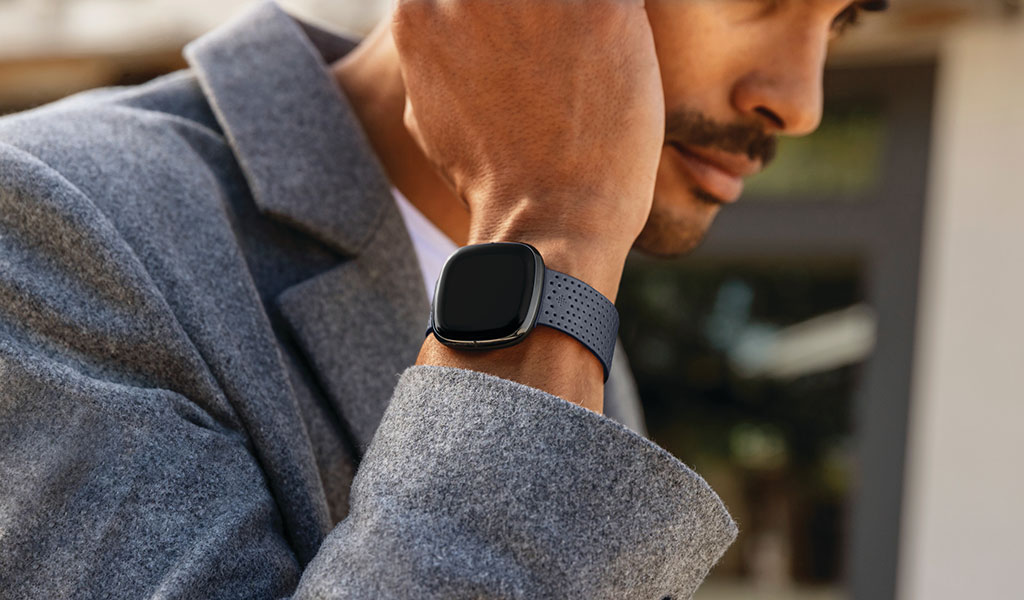
Fitbit launched a trio of new products that include two smartwatches and a fitness band, building on its health-tracking credentials.
The flagship is the Fitbit Sense, a premium smartwatch that includes a number of sensors aimed at knowing more about your health as you stay active. Somewhat surprisingly, there’s also the Fitbit Versa 3, a successor to the previous Versa smartwatches, though not quite as feature-laden as the Sense is. And in keeping with its fitness band heritage, there’s the Fitbit Inspire 2, a more affordable model that sports a newer look.

The new Fitbit Sense
Easily the most advanced smartwatch Fitbit has made to date, its focus slightly shifts toward health issues. The idea is to expand on what the company has done with its previous smartwatches. That mainly comes down to sensors.
There are sensors to track heart rate variability (HRV), electrodermal activity (EDA) and even an electrocardiogram (ECG). The ECG is subject to approval from Health Canada, so won’t be ready to go at launch, and it’s unclear how long it will take.
The company is also stressing (no pun intended) its focus on stress management though the EDA sensor. For quick scans, users place their palm over the screen and breathe, which then displays results onscreen. Once that’s done, users would log how they felt to tie their emotional state with the physical response during the session. That information stays on the watch and the Fitbit app, providing some insight and context to how stressed one might be. There’s also a daily stress management score within the app to offer more empirical data to understand it in relation to sleep, heart health and activity levels.
Fitbit calls the new heart rate sensor PurePulse 2.0, and one of its most interesting features is the ability to detect unusually low or high heart rates. Users will see a notification indicating something is off, though it won’t know why. It could be stress or body temperature, but may also be a sign of something more serious.
All of the sensory activity and tracking data leads to a holistic overview, like the Health Metrics dashboard. This broad overview can lead to some insight that may be worth a doctor’s visit if something isn’t right. Moreover, the company says its COVID-19 study showed that variabilities were sometimes associated with the onset of symptoms.
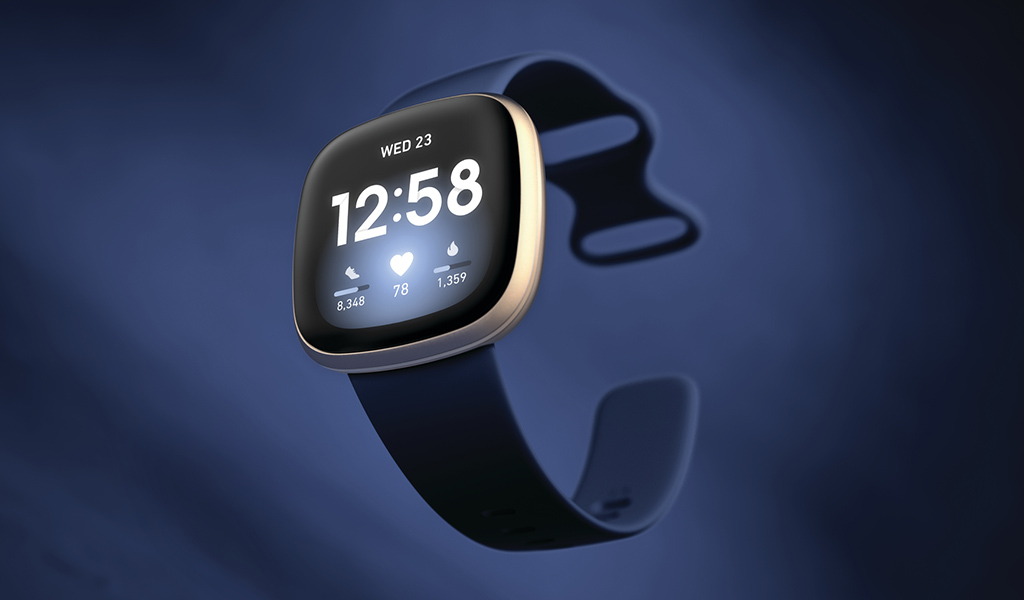
Introducing the Fitbit Versa 3
The Versa 3 is mainly an iterative update to the previous Versa 2, though it does have some new features inside. It comes with PurePulse 2.0 to enhance the heart rate monitoring and add some of what the Sense smartwatch has.
It includes built-in GPS and Active Zone Minutes introduced in the Charge 4, along with some other additions. One standout is the speaker. The Versa 2 has a microphone for voice control through Alexa, but the Versa 3 has a speaker, too. This lets you hear phone calls, send calls to voicemail and adjust call volume.
Fitbit also adds Google Assistant, letting you choose which voice assistant you’d prefer to talk to. You can use it to start an exercise, set reminders, check weather and control your smart home devices. You can also still control Spotify and Deezer from the watch, which is great if you subscribe to either of those two platforms.
It rates battery life at about six days on one charge. You do get fast charge capability, which means you can get a day’s use with just a 12-minute charge. Even better, the Versa 3 uses the same magnetic charger as the Sense, so two people can share the same charger.
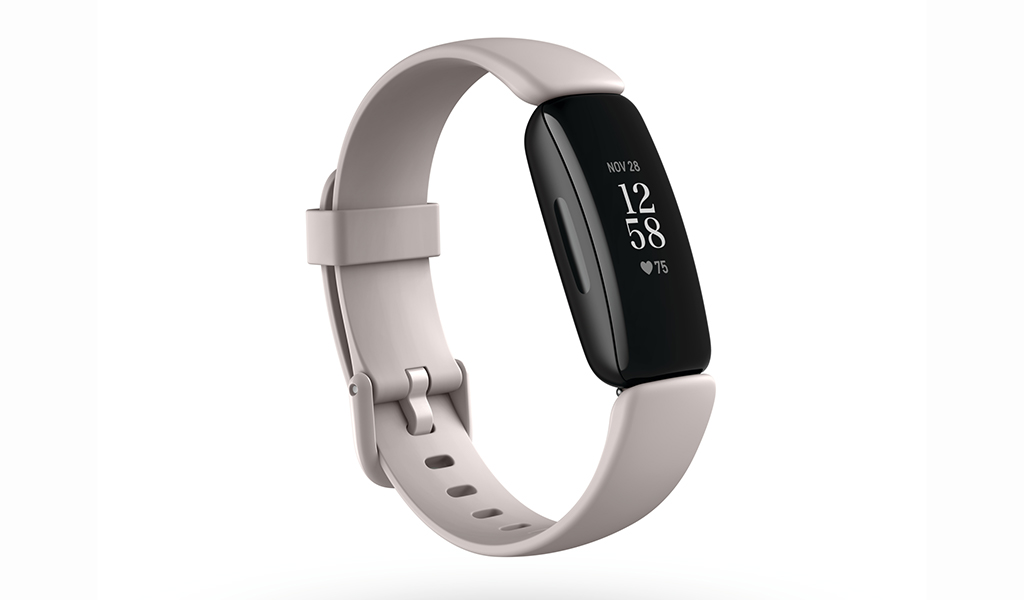
A new Fitbit Inspire 2
The Inspire 2 takes much of what’s been established in Fitbit’s previous fitness bands, and maintains its slimmer profile. It has touch-sensitive buttons to go with the touch display, but also features a whole new interface.
Much of what’s here carried over from the Charge 4, .so there aren’t many brand new features. The purpose seems to be bringing the company’s latest fitness band experience to a smaller design. It’s neat that battery life could extend as long as 10 days, making it the longest-lasting Fitbit device to date.
And to sweeten the pot further, Fitbit is including a one-year free trial of its Premium subscription service. It offers a lot more features and content through it, which is one reason why this band is a more affordable option compared to others.
Fitbit Premium
Speaking of Premium, the Sense comes with a six-month free trial for the service. It includes more content than it had when first launching in 2019. Brands, like Aaptiv, barre3, Down Dog, Physique 57, Yoga Studio: Mind and Body, Daily Burn and PopSugar, among others, are contributing. There are also mindfulness Aura, Breethe and Ten Percent Happier, while Ayesha Curry, Charlee Atkins and Harley Pasternak help with cooking, training and exercise routines.
Currently, there is a 90-day trial to give Premium a try as a new user. It runs off the Fitbit app, and costs $13.49 per month or $106.99 for a full 12 months.
Coming soon
The new Fitbit Sense is coming in late September, but you can pre-order yours now in either carbon/graphite stainless steel or lunar/soft white stainless steel. For the Versa 3, you can also pre-order now in black/black aluminum, pink clay/soft gold aluminum or midnight/soft gold aluminum. And for the Inspire 2, you can get that in black, lunar white or desert rose.
You can always change up the style to wear them in different situations by replacing the bands with other styles.

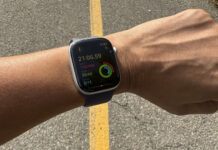
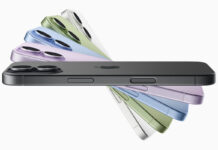
I have an Versa and really like it. Last years Versa 2 wasn’t a big enough upgrade to justify upgrading. The Versa 3 looks like it might be worth upgrading to. The Sense however might be more than I need for more than I’m willing to spend. Google Assistant is a nice addition, I dont use Alexa but we do have a couple of Google Home Mini devices linked to lights and stuff so I’d be interested in using that.
Comments are closed.